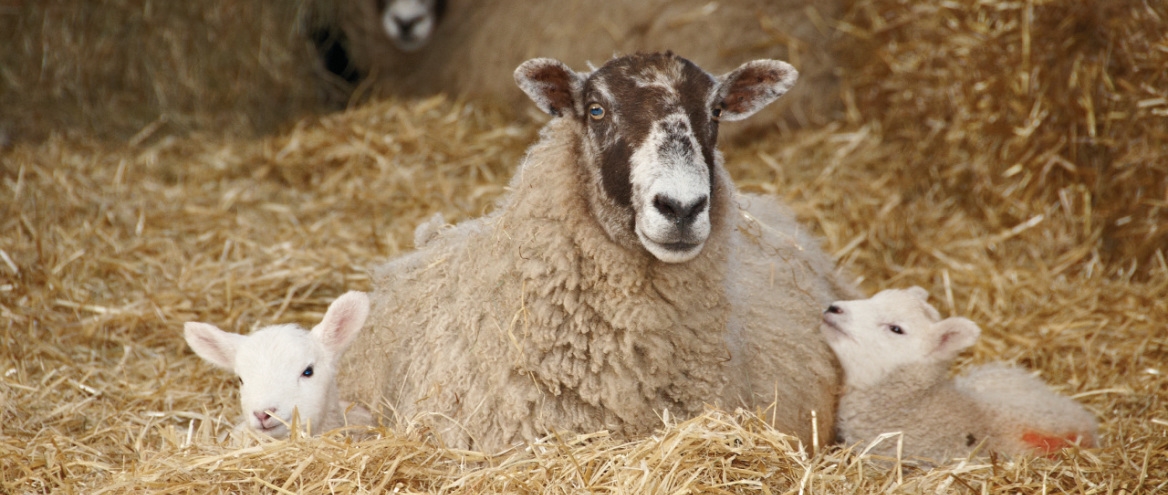Housing ewes and lambs
Using housing facilities correctly will help to reduce stress and minimise disease, explains ADAS sheep consultant Kate Phillips.

1. Correctly housing ewes
When to house ewes
Housing ewes for less than 3 weeks before lambing should be avoided as any sudden changes in diet in the final stages of pregnancy, unless managed carefully, can induce metabolic disorders such as hypocalcaemia or twin lamb disease.
Be aware that housing ewes for an extended period (more than a month) requires careful management as it can lead to a build-up of disease such as lameness. It will also add considerable bedding costs.
Stocking rate
Good pen and trough layout is essential to ensure ewes receive a fair allocation of concentrates and unlimited access to forage. Ideally the group size should be no more than 50 ewes per pen.

Floor feeding can provide a very good alternative to using troughs, but make sure bedding is clean and dry.
Grouping
Ewes should be grouped according to their feeding needs, taking into account body condition score and scanned litter size. To avoid bullying, younger ewes (2 year olds) should be penned together and not mixed with older ewes. These younger ewes may also require training to encourage them to eat concentrates and this should be started at grass before housing.
2. Correctly housing lambs
Lambing pens
Lambing pens should be set up on a dry, well drained site. By making them easily accessible you will reduce the time spent moving ewes. Likewise, ensuring pre-lambing pens have easy access to the individual post-lambing pens will also save valuable time at feeding. Lambing pens should be a minimum size of 2m x 1m, with 13 small pens allocated per 100 ewes. If you have synchronised your ewes, then there will be a considerable increase in the number of pens required – up to 3 times as many.
As soon as a ewe lambs in the group pens, they should be moved into an individual lambing pen. The lamb’s navel must be treated with iodine as soon as possible to minimise disease issues. Check the ewe’s udder and give lambs colostrum if required.
Avoid lambing ewes in small pens to keep bedding as clean and dry as possible. Any obvious wet straw and afterbirth should be cleaned out and fresh clean straw provided between ewes to reduce mismothering and disease issues. Putting lime in the bottom of pens can also help keep them dry and minimise disease.
A hay rack, feed bucket and water bucket should be provided for each pen, but avoid using large water buckets as there is always a chance that a newborn lamb could drown.
Turn out
If ewes and lambs are fit and healthy they should be turned out 24-48 hours post-lambing. Keeping animals housed longer than needed increases the risk of disease.
Lambing sheds
Should be clean, drained and well ventilated but draught free. Ensure there is adequate lying area for ewes (1.3m2) and easy access to water and feed.
Lambing pens
Allow 1 pen space for every 8 ewes. Each pen should be a minimum size of 2m x 1m. You should provide a hay rack, feed bucket and water bucket in each pen. Every pen should be cleaned and disinfected and new bedding provided between each ewe.
Hospital facilities
Organise an intensive care unit for weak lambs. The hospital area should be away from the main lambing area, with access to hot water and a power supply. Lambs which are to be artificially reared should be healthy and not therefore kept in the hospital area. Isolation pens: isolation pens are essential in any flock. By isolating sick animals from healthy ones, some protection is given against the spread of infectious disease.
Successful Lambing Top Tips - Lamlac